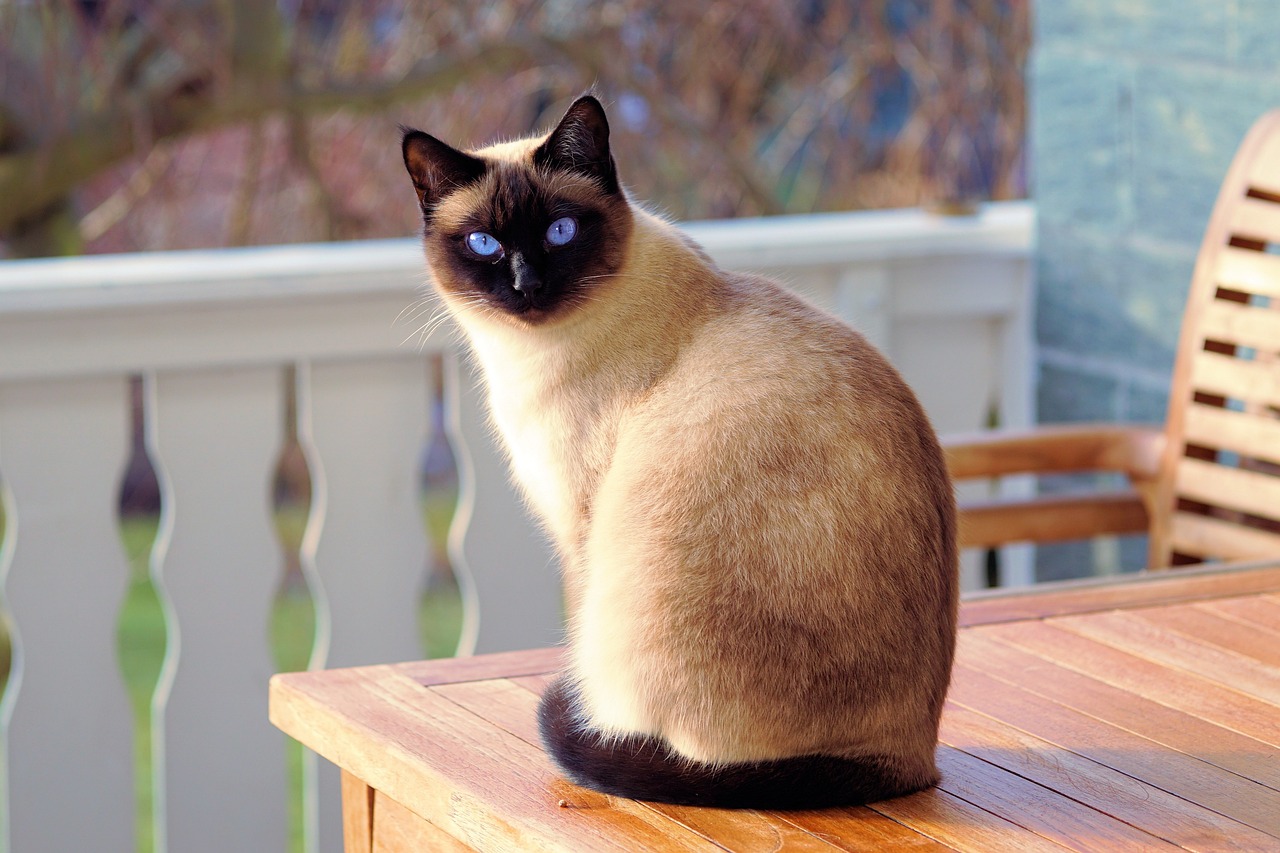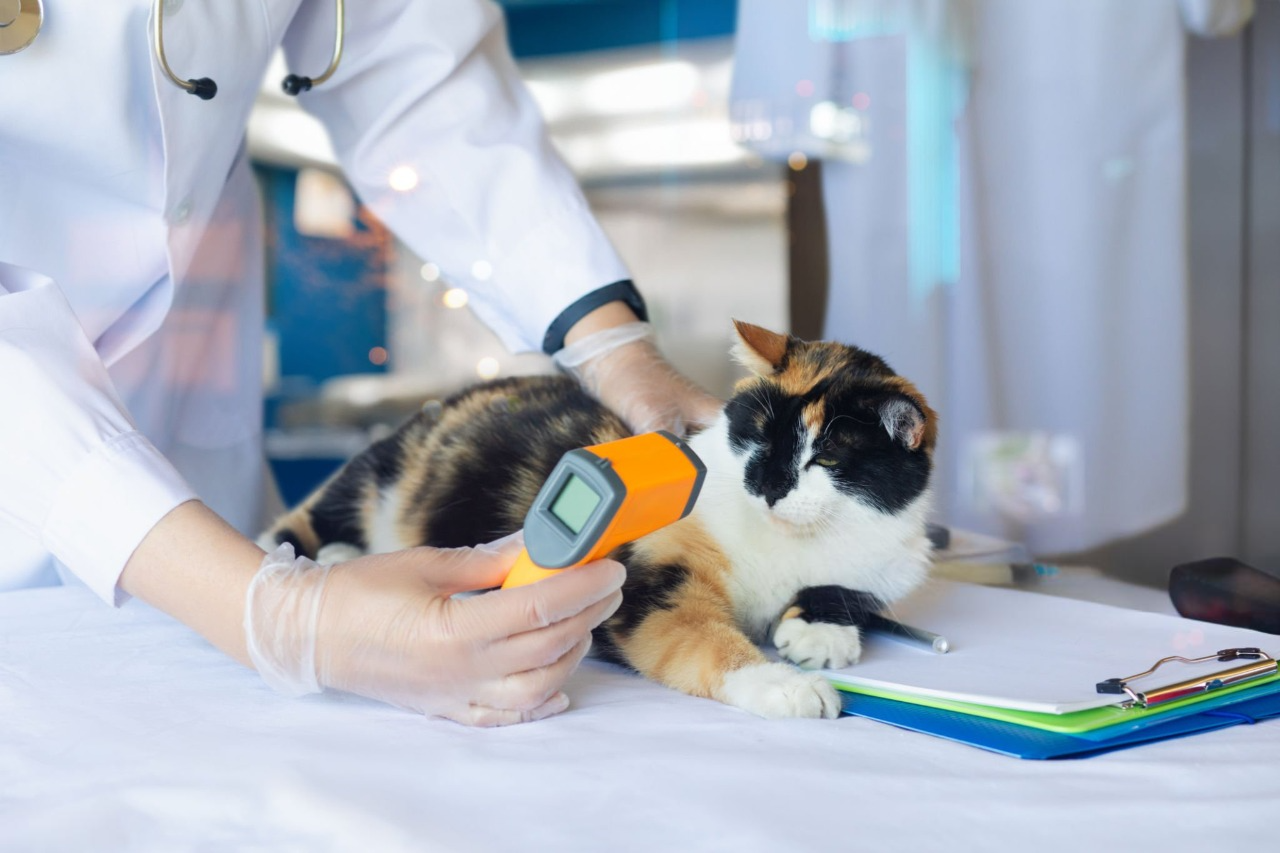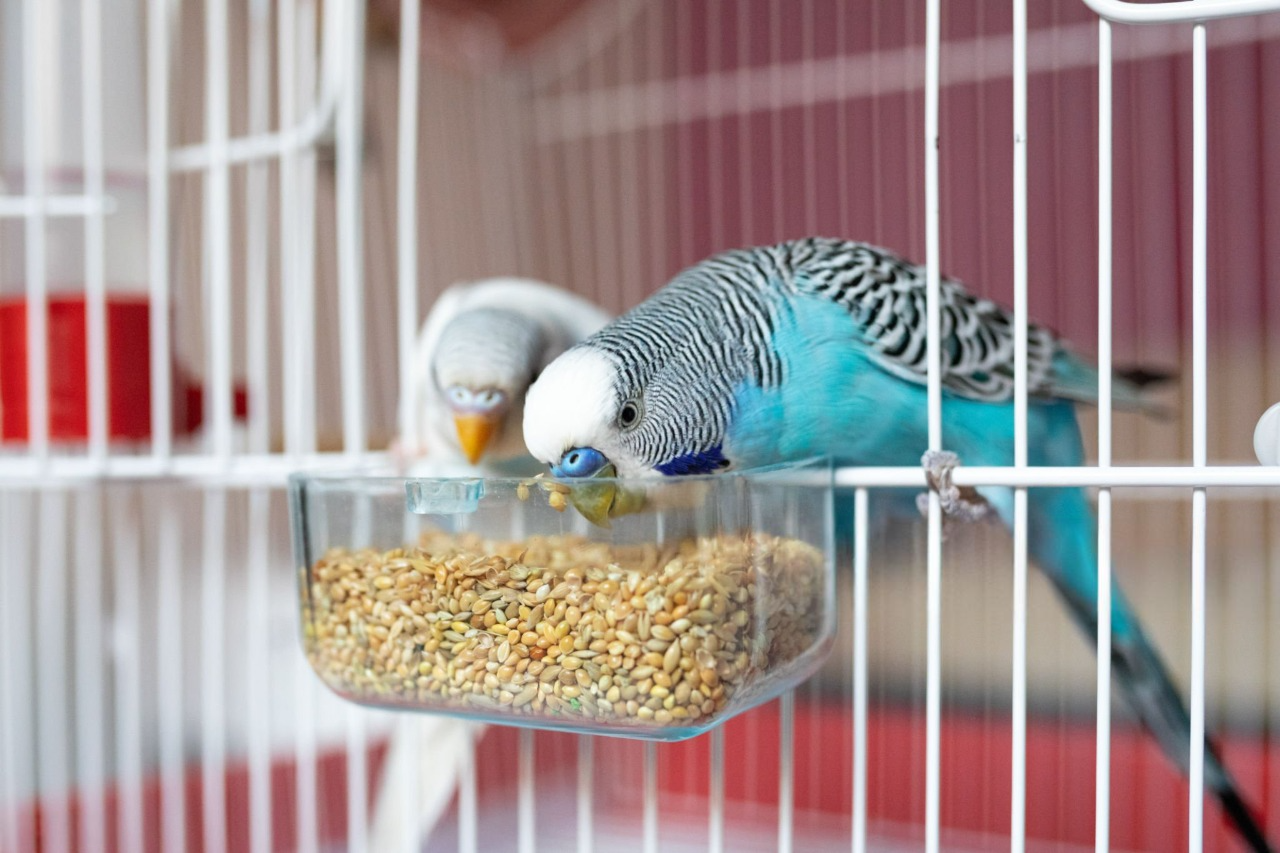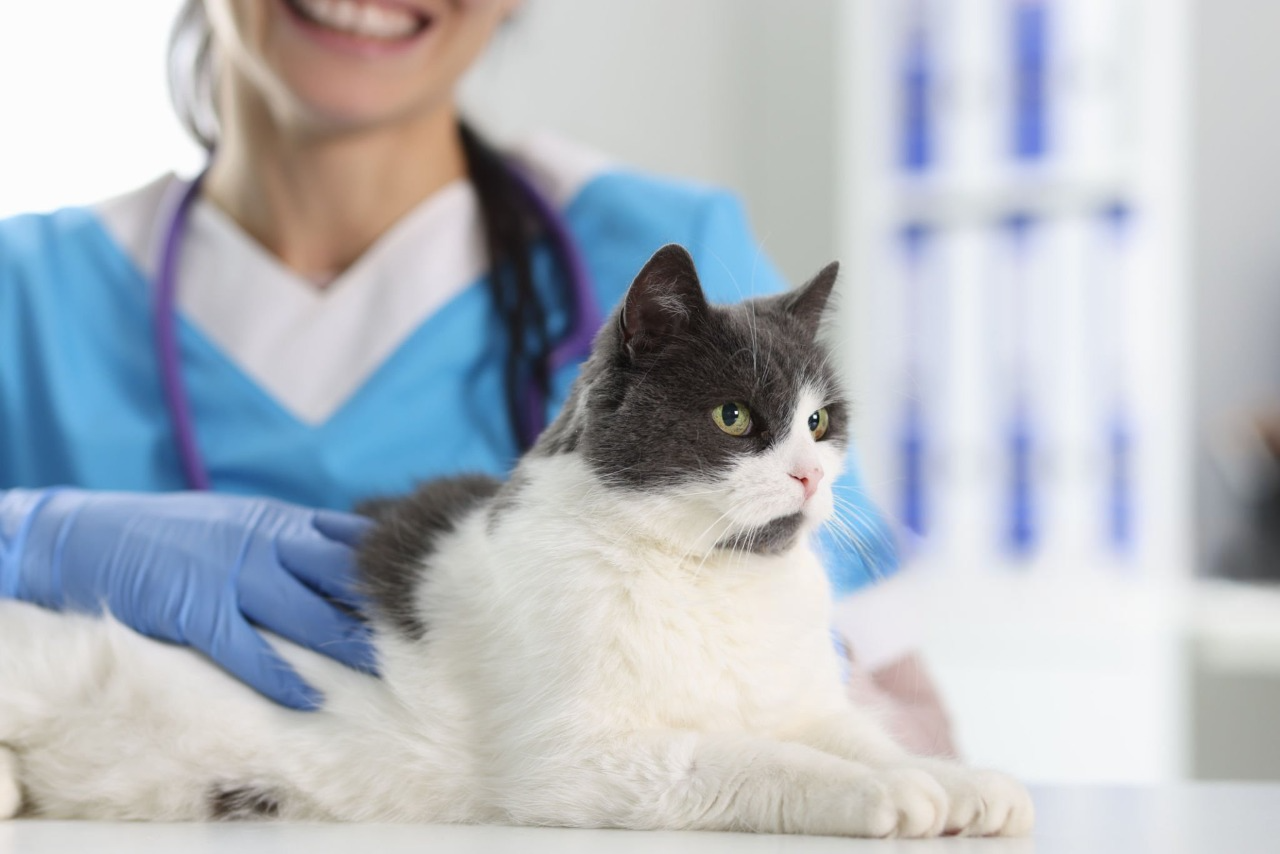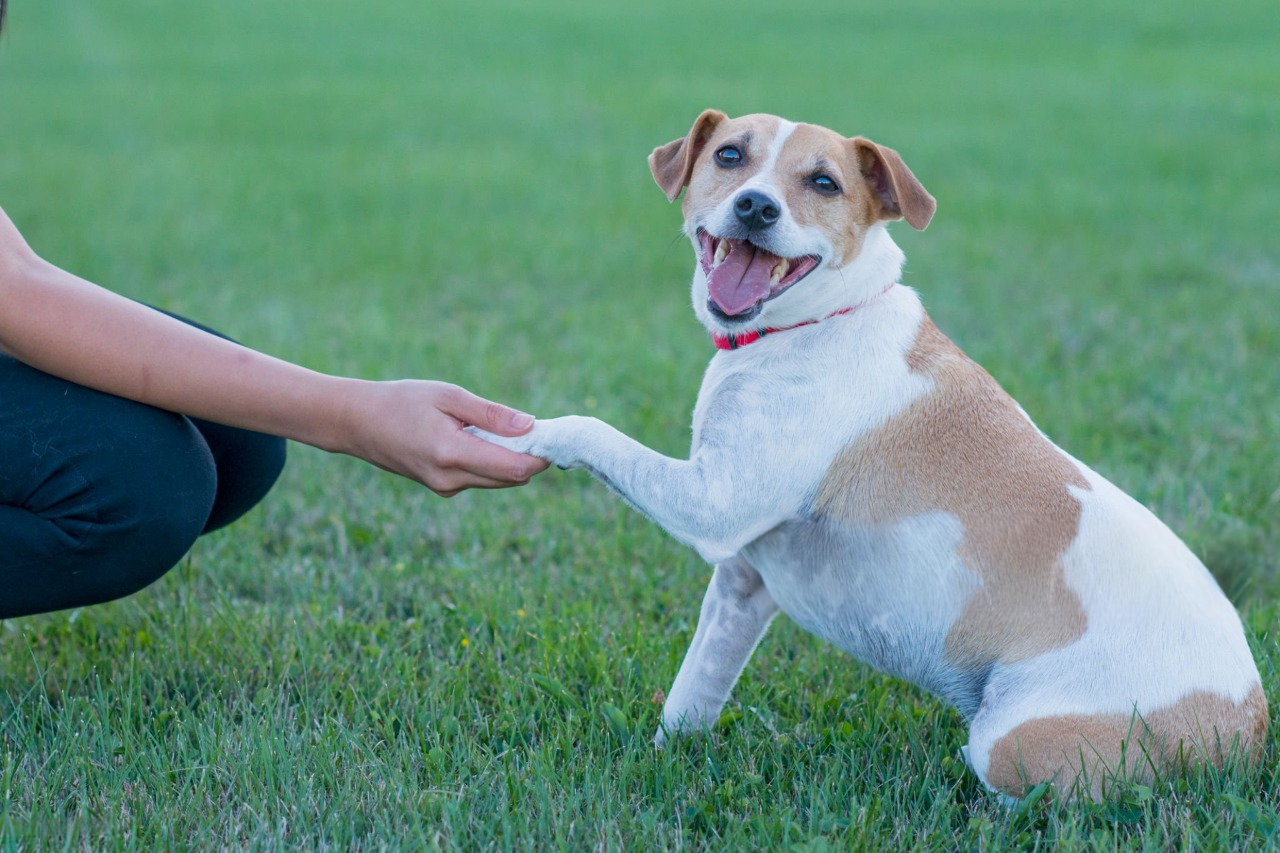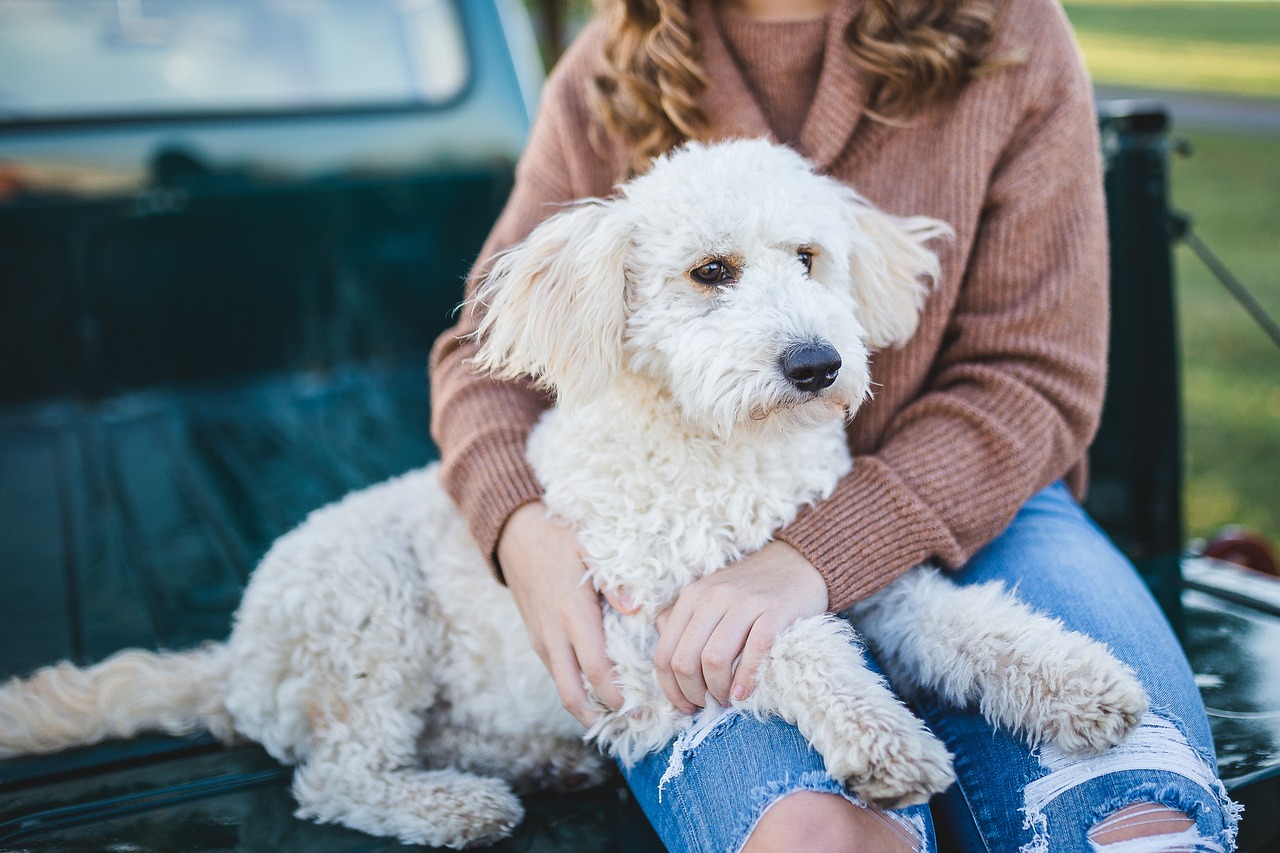While humans have millions of sweat glands across their skin, cats have a different system for cooling down. So, the question arises: do cats sweat? The answer is yes, but in a much more limited and unique way. Let’s take a closer look at how cats sweat and the various methods they use to stay cool.
How Do Cats Sweat?
Unlike humans, cats don’t have sweat glands covering their entire body. Instead, they sweat mainly through the pads of their feet and their nose. These areas contain specialized eccrine sweat glands, which are responsible for producing sweat. However, cats also have apocrine sweat glands, found in their skin, which secrete an oily substance that functions more as a pheromone than a cooling agent. This means that while cats do sweat, it doesn’t have the same cooling effect as human perspiration.
You might notice damp paw prints when your cat is walking across a hard surface or table. This is where the sweat is most likely to be visible, as the moisture evaporates from their paw pads.
Why Do Cats Sweat?
Cats sweat primarily to regulate their body temperature. Just like humans, when a cat gets too hot, they sweat to cool down. The sweat that evaporates from their paw pads helps lower their body temperature, but it’s a very limited method of cooling since the paw pads are relatively small compared to the rest of their body.
When a cat is stressed—whether from a trip to the vet, traveling, or encountering a new pet—they may also sweat. In these situations, the sweat is a sign of anxiety or stress rather than overheating.
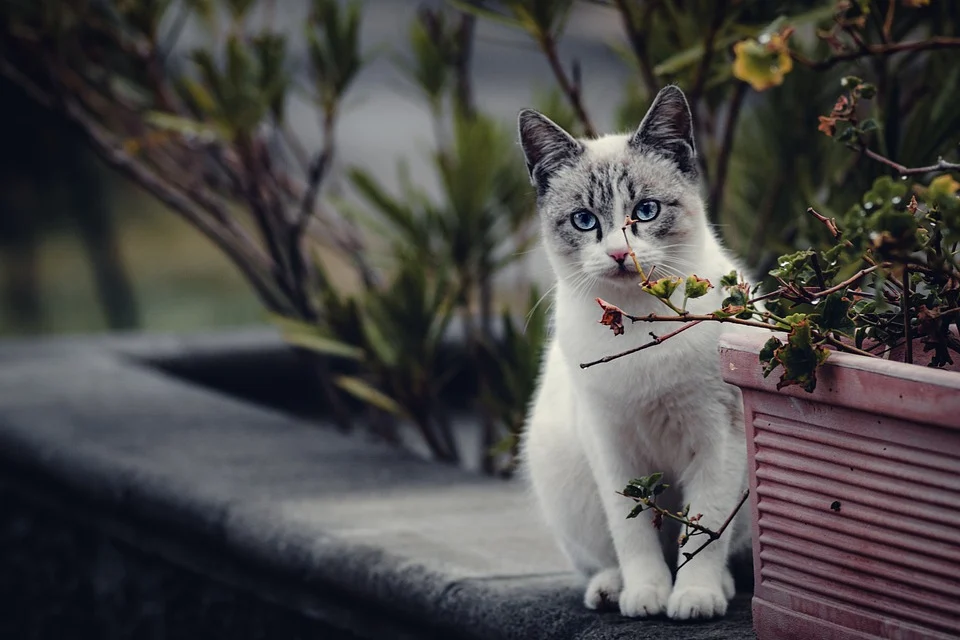
What About Panting in Cats?
While panting is a common cooling mechanism for dogs, it’s not an efficient way for cats to lower their body temperature. Cats typically pant only when they are extremely stressed, overheated, or having difficulty breathing. Panting isn’t an effective method of cooling for cats, so if your cat starts panting, it may be a sign that something is wrong.
In such cases, immediate attention is required. A panting cat may need urgent care to help it regulate its body temperature or deal with stress. Don’t ignore a panting cat, as it could indicate serious health issues.
What is the Normal Body Temperature of a Cat?
A healthy cat has a body temperature between 100°F and 102.5°F (37.7°C – 39.2°C). If your cat’s temperature rises above 102.5°F, it may begin to sweat and pant in an attempt to cool down. It’s important to monitor your cat closely for signs of overheating, particularly during hot weather or stressful situations.
How to Help Your Cat Cool Down
Since sweating and panting aren’t very effective methods for cats to cool down, it’s important to assist them if they seem too hot. Here are a few ways you can help your cat beat the heat:
- Provide shade or cool surfaces: Cats instinctively look for cool places like tile floors or shady spots. You can help by placing your cat in these areas.
- Use a fan: Directing a fan toward your cat can help increase airflow and reduce their body temperature.
- Fresh water: Make sure your cat always has access to fresh, cool water, especially in warmer months.
- Cool water rinse: If your cat tolerates water, you can gently rinse them with cool (not cold) water or even place them in a shallow bowl to play in.
- Limit playtime during peak heat: If possible, schedule active play sessions during cooler parts of the day—either early morning or late evening.
What to Do If Your Cat is Overheating
If you suspect your cat is overheating, act quickly to cool them down. Heatstroke in cats can lead to serious complications like organ damage, seizures, or even death if left untreated. In such cases, immediate veterinary attention is crucial.
Signs of overheating or heatstroke in cats include:
- Panting
- Excessive drooling
- Lethargy or confusion
- Vomiting or diarrhea
- Bright red or pale gums
If you notice any of these symptoms, immediately cool your cat down by offering cool water, applying a cool (not ice-cold) compress, or taking them to a cooler area. Transport your cat to the vet as soon as possible.
Conclusion: Keep Your Cat Safe from the Heat
Cats may not sweat as efficiently as humans, but they have several strategies to help them stay cool. By understanding how your cat cools itself down and knowing when to intervene, you can help prevent overheating and ensure your cat’s comfort and safety during warmer months or stressful situations.
Always be vigilant for signs of stress or overheating, and don’t hesitate to consult your veterinarian if you have concerns about your pet’s health.
For more tips on caring for your cat and understanding their behavior, be sure to consult a professional vet to ensure the best care for your feline companion!
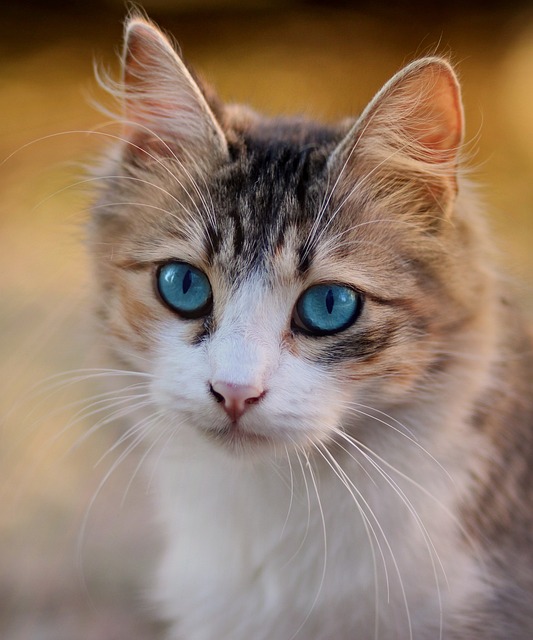
“A blog for pet lovers” is a dedicated space where animal enthusiasts can explore tips, stories, and expert advice on pet care, training, health, and more. Whether you’re a dog person, a cat lover, or someone who adores all animals, this blog offers a warm and engaging community for you to connect, learn, and celebrate the joy of having pets…

